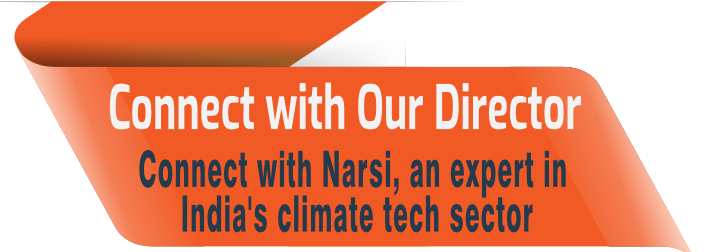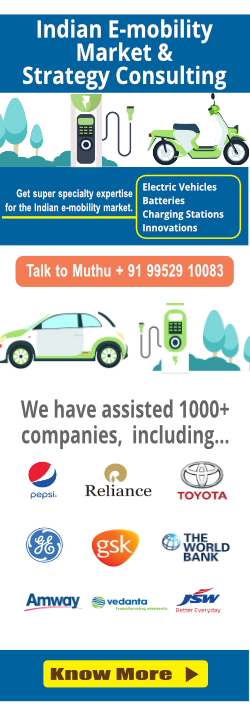Are you an entrepreneur keen on starting a business in clean technology or renewable energy? EAI’s Cleantech Entrepreneurship Boot Camp (Clean Boot) will help you take the first steps. More details here.
EAI presents Cleantech Snapshots: a quick summary of some of the most interesting and innovative areas in clean technology that will drive the sustainability movement in future.
This snapshot focuses on Hydrokinetic Energy.. Within this page you will find
Overview
- Hydrokinetic energy is the energy that can be captured from flowing water that occurs in rivers or ocean currents
- As water is 832 times denser than air, free-flowing rivers represent an untapped, highly-concentrated and clean energy resource, without the need for costly dams
- Its faster adoption has the potential to turn many small rivers into producers of electricity

Hydrokinetic energy – Generator (Image source)
How it works
- As water flows through a turbine, the kinetic energy of the flowing river, tidal fluctuations or waves is converted into electricity by the device
- Hydrokinetic devices require a minimum current and water depth. The devices are ideally installed in locations with relatively flow throughout the year
- They generate power only from the kinetic energy of moving water. This power is a function of the density of water and speed of current
Advantages
- Generates uniform power
- No internal lubrication is required
- No heavy foundation is required because of the perfect balancing of different parts
- Can be built in small or very large units (up to 1200MW)
Components
- Penstock pipe – which directs water to the turbine
- Powerhouse – in which the turbine and generator convert the water’s energy into electricity
- An outflow through which the water is released back to the river or stream
- Underground cables or overhead lines to transmit electricity to its point of use
Drawbacks
- Overtime, silt and other sediments in the water flowing through hydrokinetic turbines can erode the machinery
- It causes migration of fish and marine mammals, which needs to be considered
- For low speed application reduction gears are required
- These turbines cannot be made reversible









